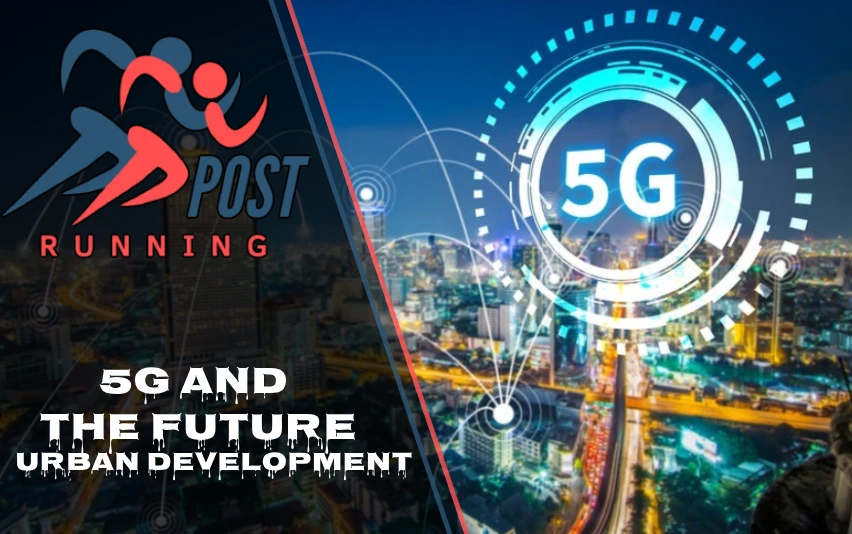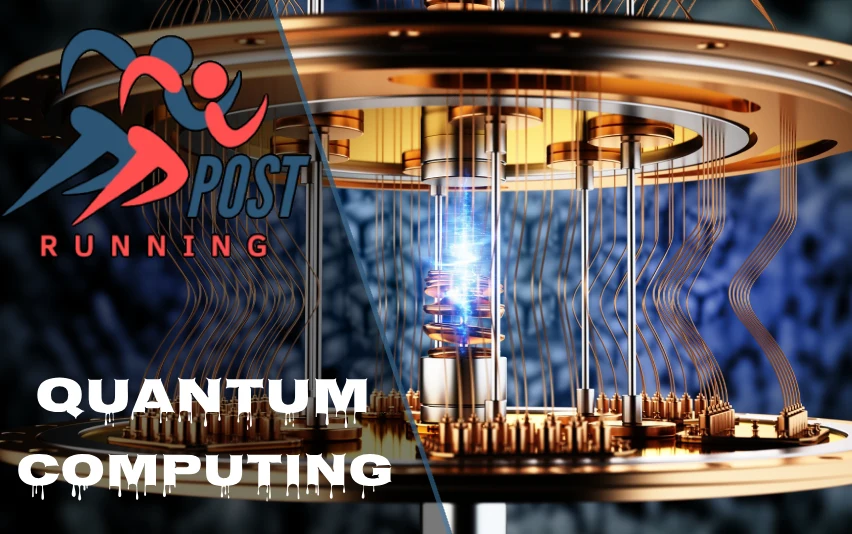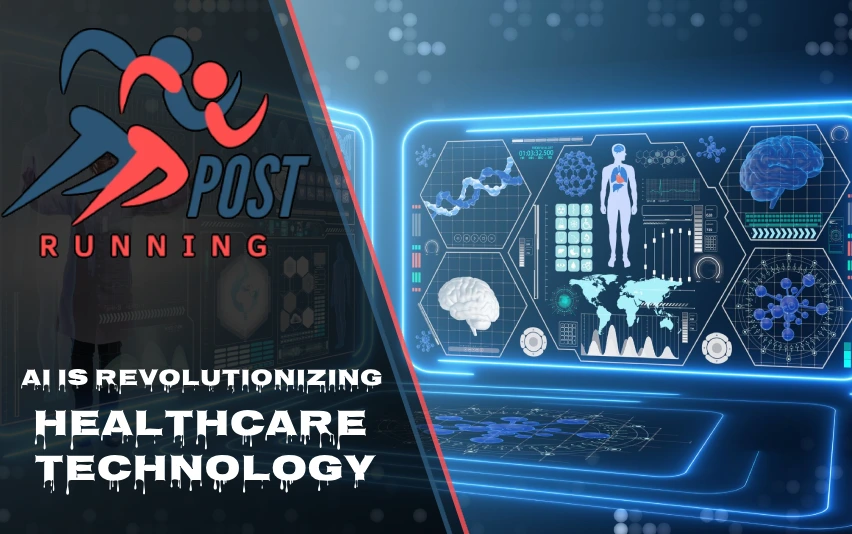5G and the future of urban development are inextricably linked, promising to revolutionize how our cities function and grow. This cutting-edge technology is set to transform urban landscapes, making them smarter, more efficient, and more sustainable. As we stand on the brink of this technological revolution, it’s crucial to understand how 5G will shape our cities and improve our daily lives.
Introduction
Imagine a city where traffic flows smoothly, energy is used efficiently, and public services are delivered seamlessly. This isn’t a scene from a sci-fi movie; it’s the promise of 5G technology in urban development. 5G, the fifth generation of cellular network technology, is poised to be the backbone of future smart cities, offering unprecedented speeds, reliability, and connectivity.
The convergence of 5G with the Internet of Things (IoT) and Artificial Intelligence (AI) is creating a perfect storm of innovation in urban planning and management. This powerful combination will enable cities to collect and analyze vast amounts of data in real-time, leading to more informed decision-making and improved quality of life for residents.
What is 5G?
Before we dive into the future of urban development, let’s break down what 5G actually is. 5G is the latest generation of cellular network technology, designed to meet the growing demand for faster, more reliable connectivity in our increasingly digital world.
Key Features of 5G
- Lightning-fast speeds: 5G can deliver speeds up to 100 times faster than 4G.
- Ultra-low latency: The time it takes for data to travel from source to destination is dramatically reduced.
- Massive device connectivity: 5G can support up to a million connected devices per square kilometer.
- Network slicing: This allows for the creation of multiple virtual networks on a single physical network infrastructure.
5G vs. 4G
To truly appreciate the potential of 5G, it’s helpful to compare it to its predecessor, 4G:
- Speed: While 4G tops out at about 100 Mbps, 5G can reach speeds of up to 20 Gbps.
- Latency: 4G has a latency of about 20-30 milliseconds, while 5G reduces this to just 1 millisecond.
- Capacity: 5G can support up to 100 times more connected devices than 4G.
These improvements aren’t just about faster downloads or smoother streaming. They’re about enabling real-time data processing and decision-making on a massive scale, which is crucial for the development of smart cities.
The Foundation of Smart Cities
At the heart of smart cities lies a vast network of IoT devices and sensors. These tiny but powerful gadgets collect data on everything from traffic flow and air quality to energy consumption and waste management. With 5G, this network of devices can communicate and share data faster and more efficiently than ever before.
Enhanced Connectivity and Data Collection
5G’s ability to support a massive number of connected devices means cities can deploy more sensors and IoT devices without worrying about network congestion. This enhanced connectivity allows for more comprehensive data collection, providing city planners and managers with a more complete picture of urban dynamics.
Real-time Monitoring and Management
The low latency of 5G enables real-time monitoring and management of urban systems. For example, traffic lights can be adjusted instantly based on current traffic conditions, or energy distribution can be optimized in real-time based on usage patterns. This level of responsiveness was simply not possible with previous generations of cellular technology.
Key Areas of Urban Development Impacted by 5G
The impact of 5G on urban development will be far-reaching, touching virtually every aspect of city life. Let’s explore some of the key areas where 5G is set to make a significant difference.
Infrastructure Enhancement
5G technology is set to revolutionize urban infrastructure management, making our cities smarter and more efficient than ever before.
Smart Utilities
With 5G, utilities like water, energy, and waste management can be monitored and controlled with unprecedented precision. Smart water systems can detect leaks in real-time, reducing water waste. Energy grids can balance supply and demand more efficiently, leading to reduced energy consumption and lower costs for consumers. Waste management systems can optimize collection routes based on real-time data, reducing fuel consumption and improving service efficiency.
Structural Health Monitoring
5G-enabled sensors can continuously monitor the health of critical infrastructure like bridges, roads, and buildings. These sensors can detect early signs of wear and tear, allowing for proactive maintenance and potentially preventing catastrophic failures. This not only improves safety but also extends the lifespan of infrastructure and reduces maintenance costs.
Intelligent Lighting Systems
Smart lighting systems powered by 5G can adjust brightness based on natural light conditions and pedestrian activity. This not only saves energy but also improves safety by ensuring well-lit streets when needed. These systems can also serve as hubs for other smart city technologies, such as environmental sensors or public Wi-Fi access points.
Transportation and Mobility
5G is set to transform urban transportation, making it safer, more efficient, and more sustainable.
Advanced Traffic Management Systems
With 5G, traffic management systems can process vast amounts of data from various sources (vehicles, traffic cameras, weather sensors) in real-time. This allows for dynamic traffic light control, reducing congestion and improving traffic flow. It can also enable smart routing for emergency vehicles, potentially saving lives by reducing response times.
Support for Autonomous Vehicles
The ultra-low latency of 5G is crucial for the widespread adoption of autonomous vehicles. These vehicles need to communicate with each other and with infrastructure in real-time to navigate safely. 5G provides the necessary speed and reliability for this vehicle-to-everything (V2X) communication.
Improved Public Transportation
5G can enhance public transportation by enabling real-time tracking of buses and trains, providing accurate arrival times to passengers. It can also optimize routes based on current demand and traffic conditions, making public transport more efficient and attractive to users.
Public Safety and Security
5G technology has the potential to significantly enhance public safety and security in urban areas.
Real-time Surveillance and Emergency Response
High-definition video surveillance powered by 5G can provide law enforcement with clearer, more detailed footage. In emergencies, first responders can access real-time video feeds and sensor data, improving situational awareness and response effectiveness.
Predictive Policing and Crime Prevention
By analyzing vast amounts of data in real-time, 5G-powered systems can help predict potential crime hotspots, allowing for more effective allocation of police resources. This data-driven approach can lead to more proactive crime prevention strategies.
Disaster Management and Early Warning Systems
5G networks can support more sophisticated early warning systems for natural disasters like earthquakes, floods, or hurricanes. These systems can process data from multiple sources quickly, potentially saving lives by providing more accurate and timely warnings.
Economic Growth and Innovation
5G is not just about improving city services; it’s also a catalyst for economic growth and innovation.
Fostering Digital Ecosystems
The high-speed, low-latency connectivity provided by 5G can foster the growth of digital ecosystems within cities. This can attract tech companies and startups, creating new job opportunities and driving economic growth.
Enabling Remote Work and Teleconferencing
5G’s high-speed connectivity makes remote work and teleconferencing more viable than ever. This can reduce traffic congestion and air pollution by reducing the need for daily commutes.
Supporting Emerging Technologies
5G is crucial for the development and adoption of emerging technologies like augmented reality (AR), virtual reality (VR), and AI. These technologies have the potential to transform various sectors, from education and healthcare to entertainment and retail.
Challenges and Considerations
While the potential benefits of 5G in urban development are enormous, there are also significant challenges that need to be addressed.
Cybersecurity Risks and Privacy Concerns
With more devices connected and more data being transmitted, the potential for cyber attacks increases. Ensuring the security of 5G networks and protecting citizens’ privacy will be crucial challenges for cities to address.
High Infrastructure Costs
Implementing 5G infrastructure is expensive, requiring significant investment in new cell towers and fiber optic networks. Cities will need to find ways to fund these upgrades without placing undue burden on taxpayers.
Ensuring Equitable Access
There’s a risk that 5G-enabled services could exacerbate existing digital divides. Cities will need to ensure that the benefits of 5G are accessible to all residents, not just those in wealthy neighborhoods.
Conclusion
5G and the future of urban development are intrinsically linked. This revolutionary technology has the potential to transform our cities, making them smarter, more efficient, and more sustainable. From improving infrastructure and transportation to enhancing public safety and fostering economic growth, the impact of 5G will be far-reaching.
However, realizing this potential will require careful planning, significant investment, and robust regulatory frameworks. Cities will need to balance the exciting possibilities of 5G with important considerations around privacy, security, and equity.
As we move forward, we’re likely to see the evolution from smart cities to what some are calling “cognitive cities” – urban environments that not only collect and analyze data but learn and adapt in real-time. This is the promise of 5G and the future of urban development: cities that are not just smart, but truly intelligent, responsive, and designed to enhance the quality of life for all residents.
The journey towards this future is just beginning, and it’s an exciting time for urban planners, technologists, and citizens alike. As 5G networks continue to roll out across the globe, we stand on the brink of a new era in urban development – one that holds the promise of cities that are not just bigger, but better in every way.
Discover more fascinating insights—explore Running Posts today.














